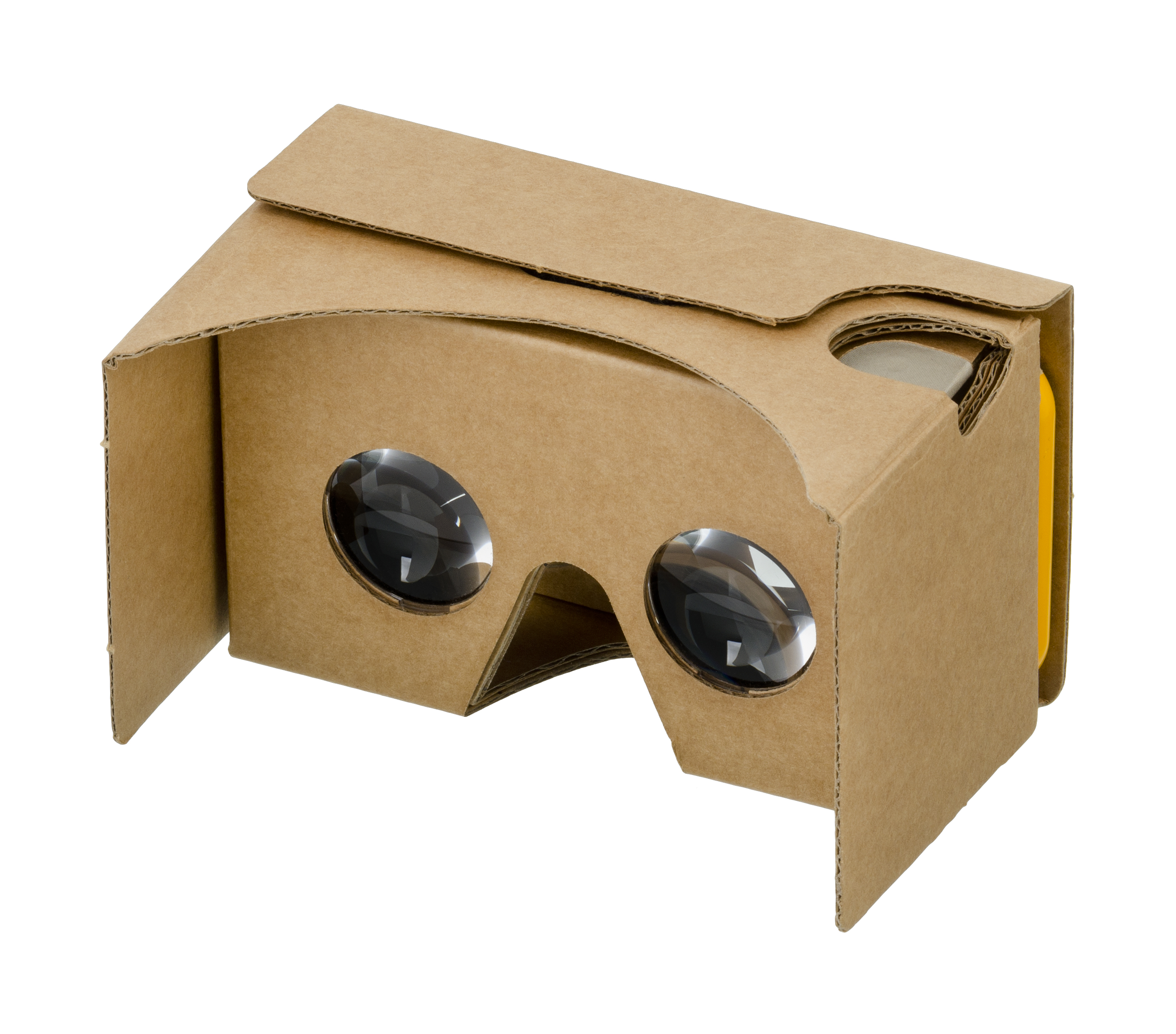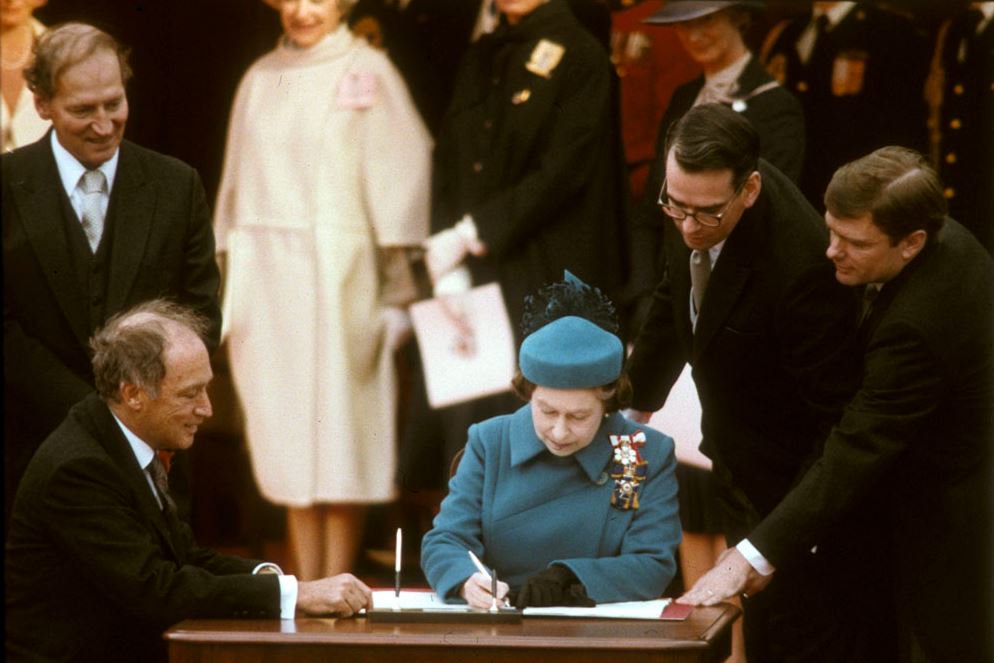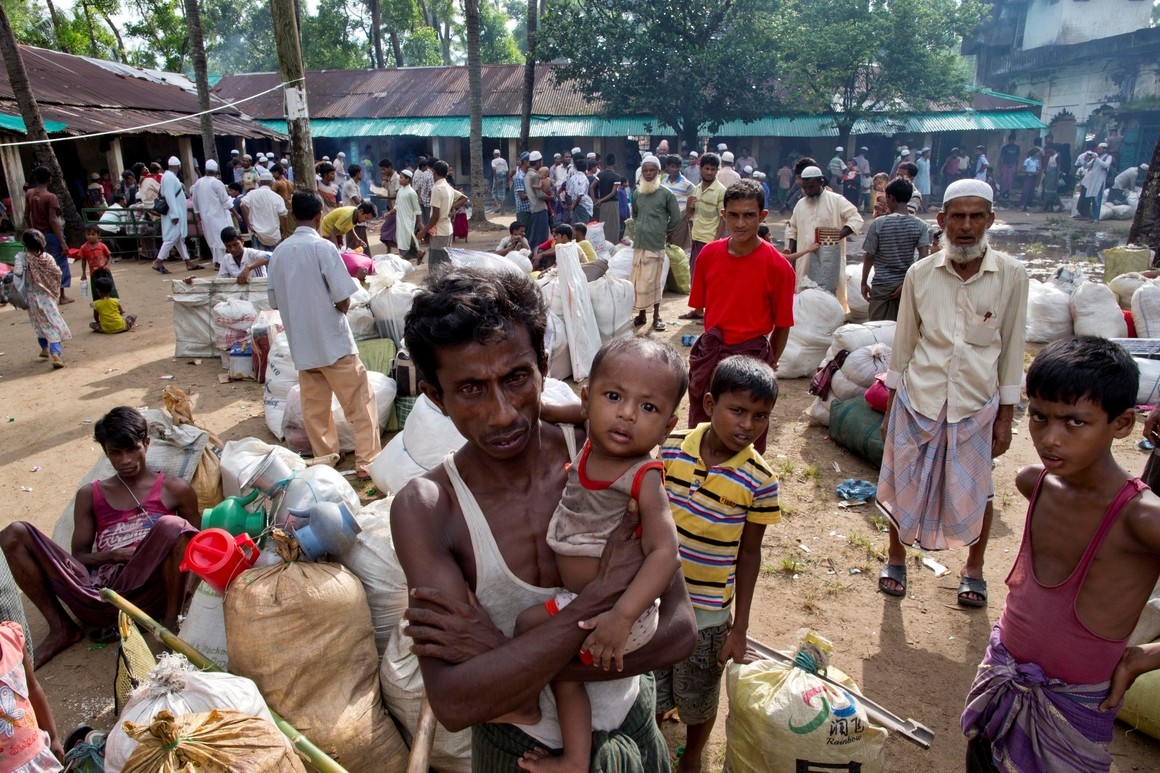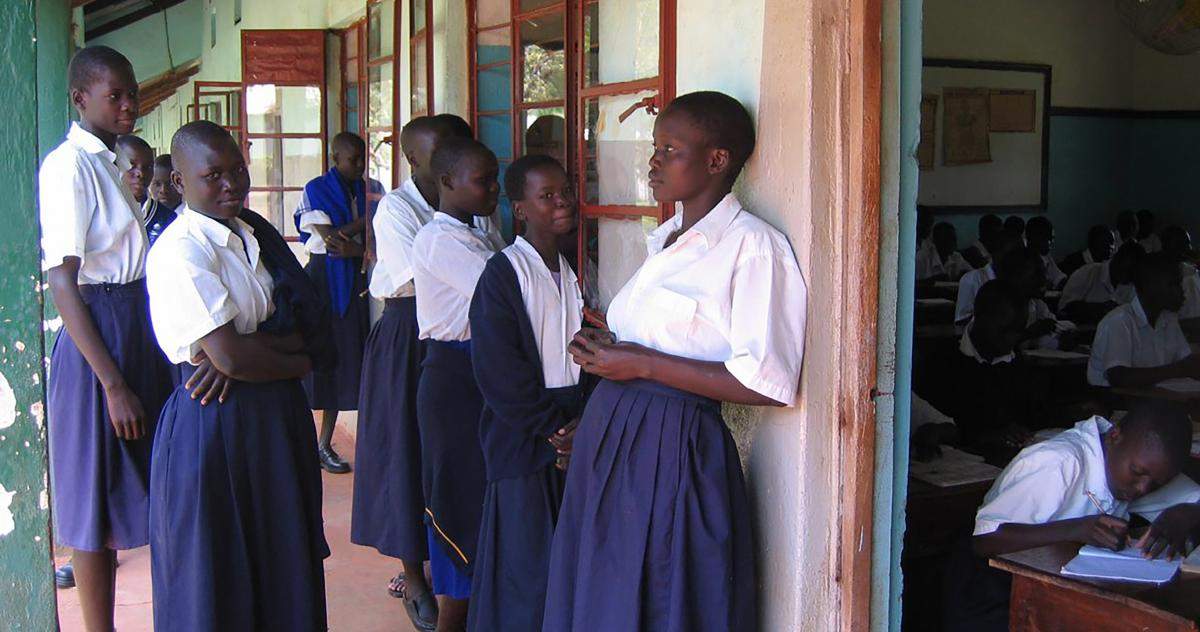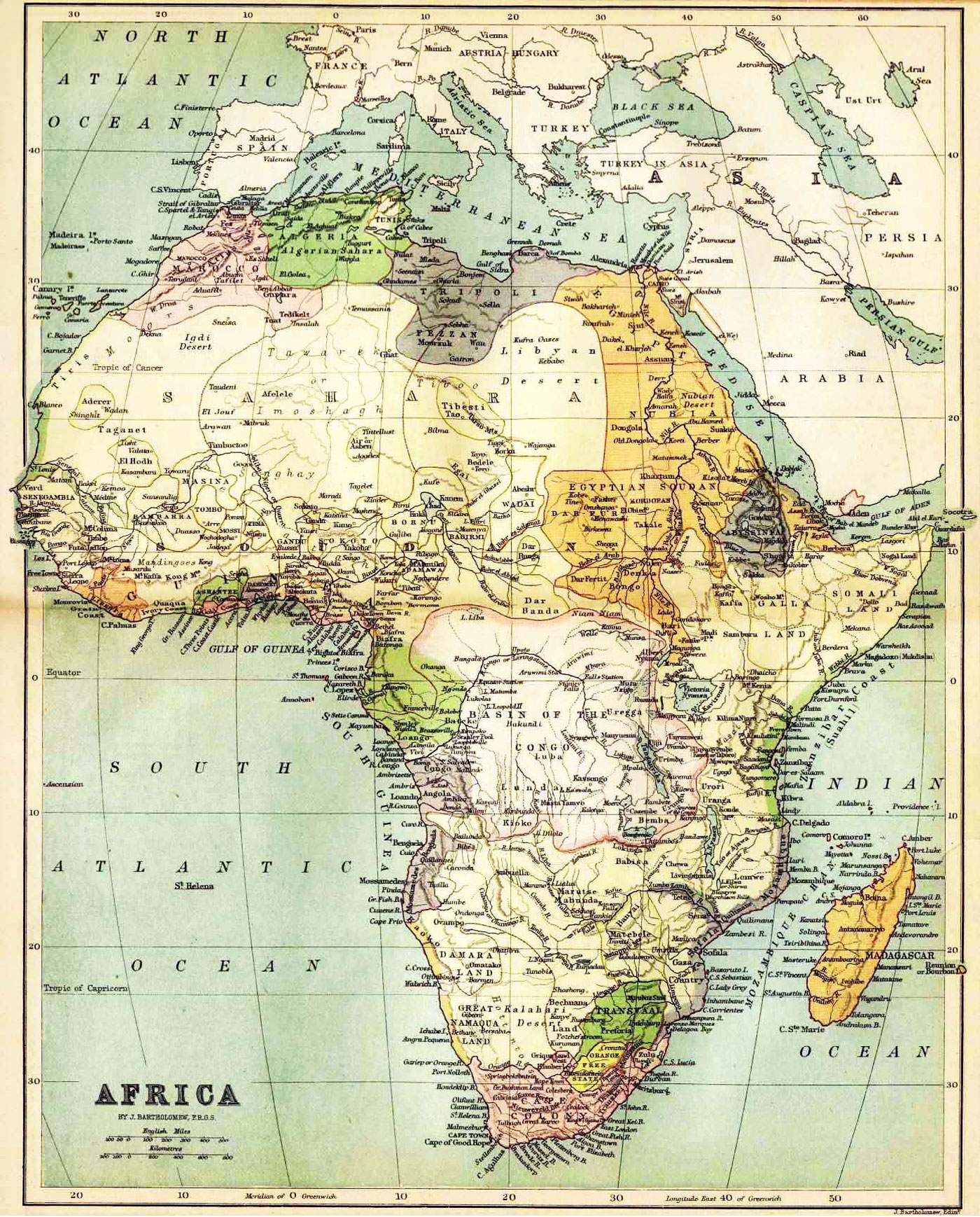Resources
How will it Work?
Unity
Unity is a cross-platform game engine developed by Unity Technologies that can be used to create three-dimensional, two-dimensional, virtual reality, and augmented reality games, as well as simulations and other experiences
A-Frame
A-Frame is a virtual reality framework used to embed 3-d environments onto web pages
On-Site Headsets
Virtual Reality is best experienced at the Museum! Check out the best headsets for your virutal exhibits!
App based VR
Your VR exhibits will be available through Mobile apps


